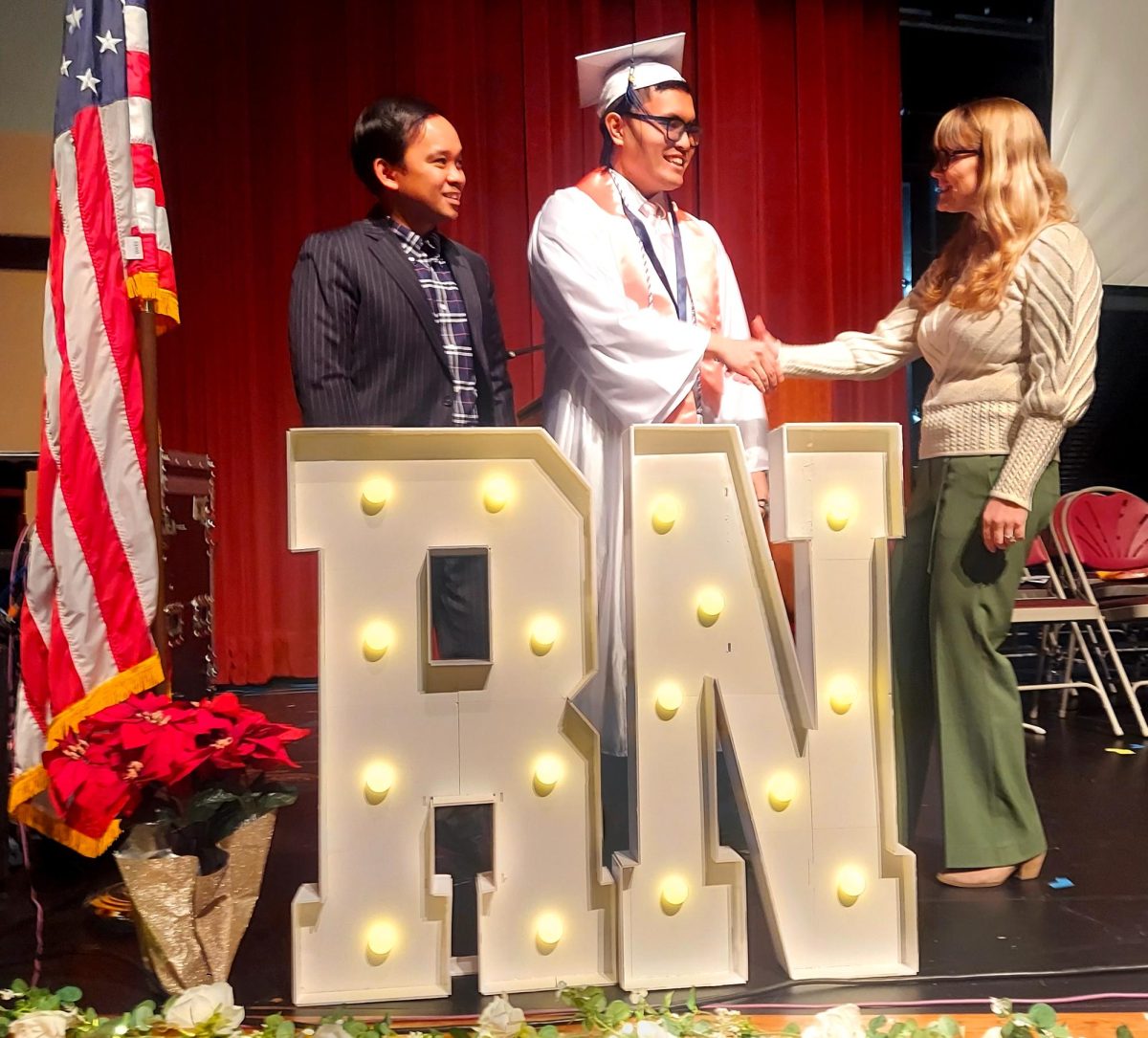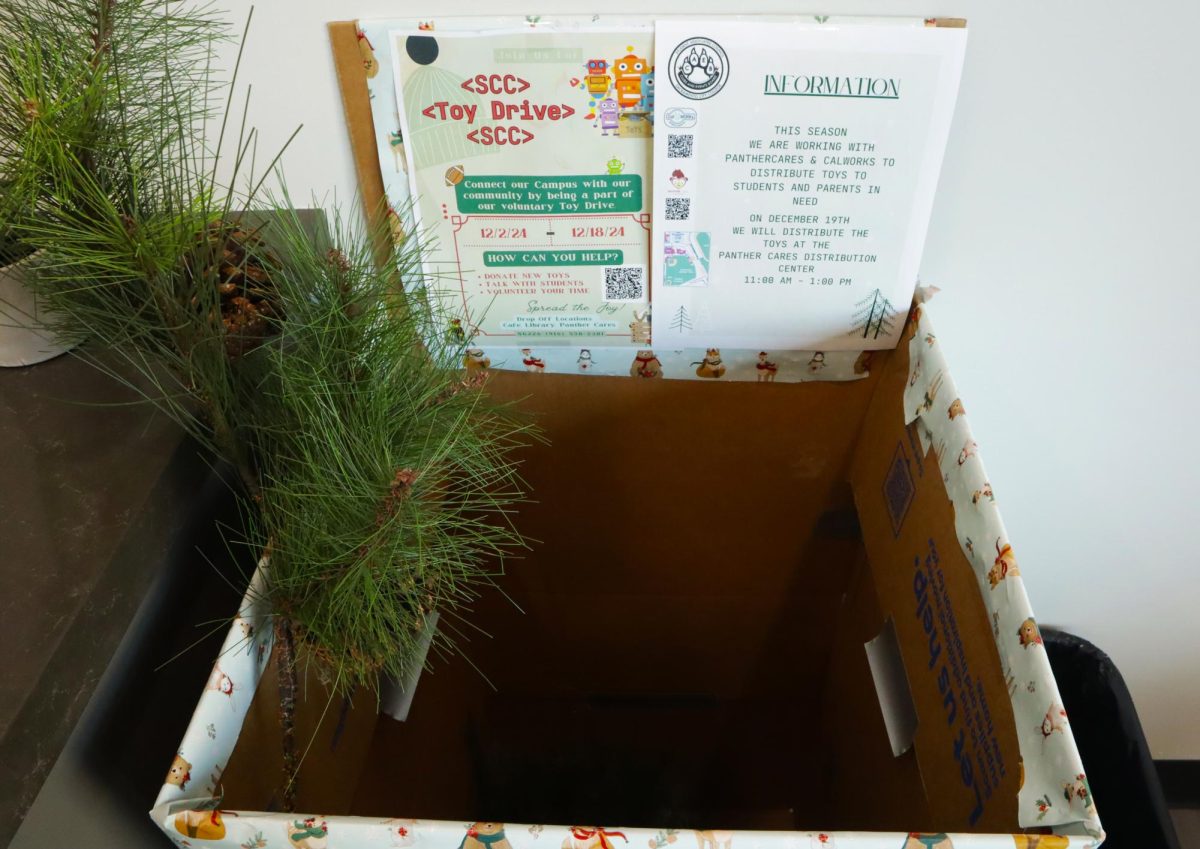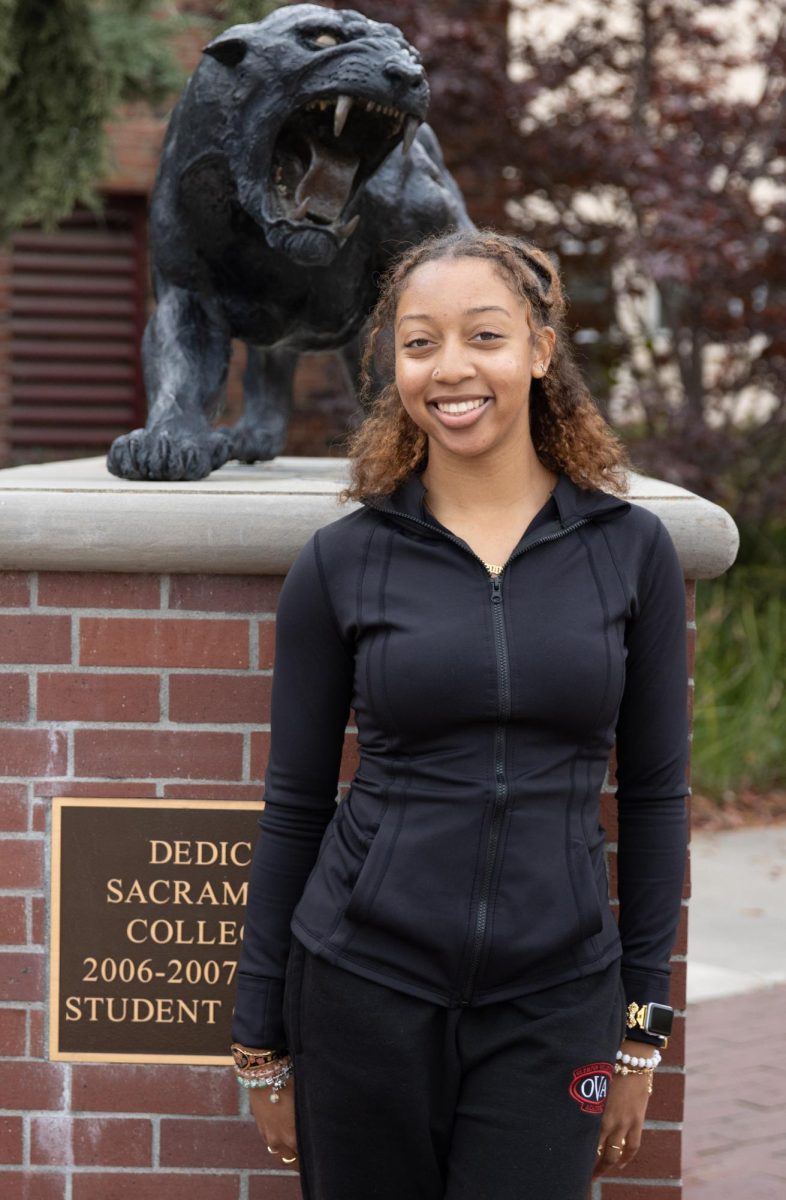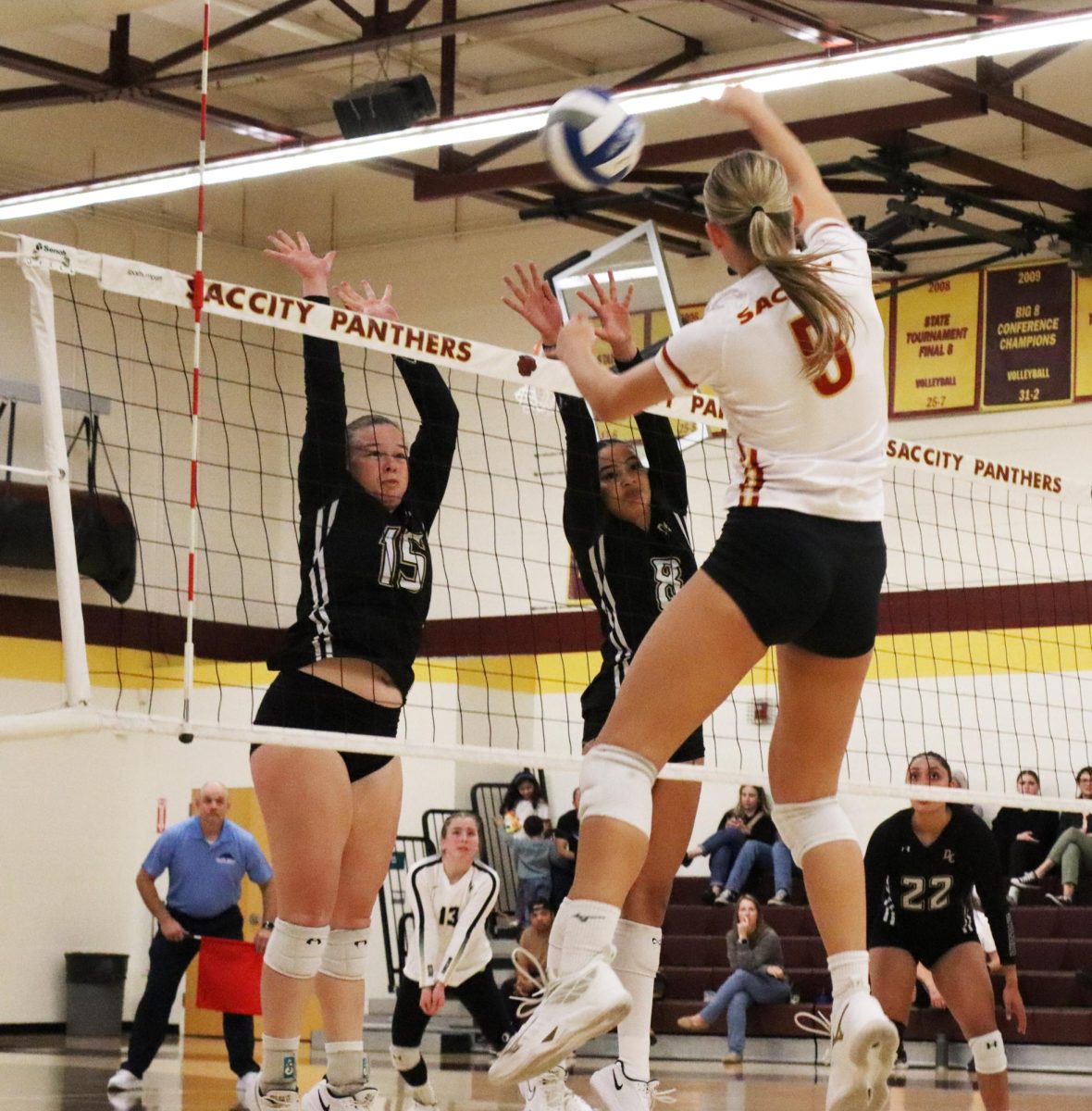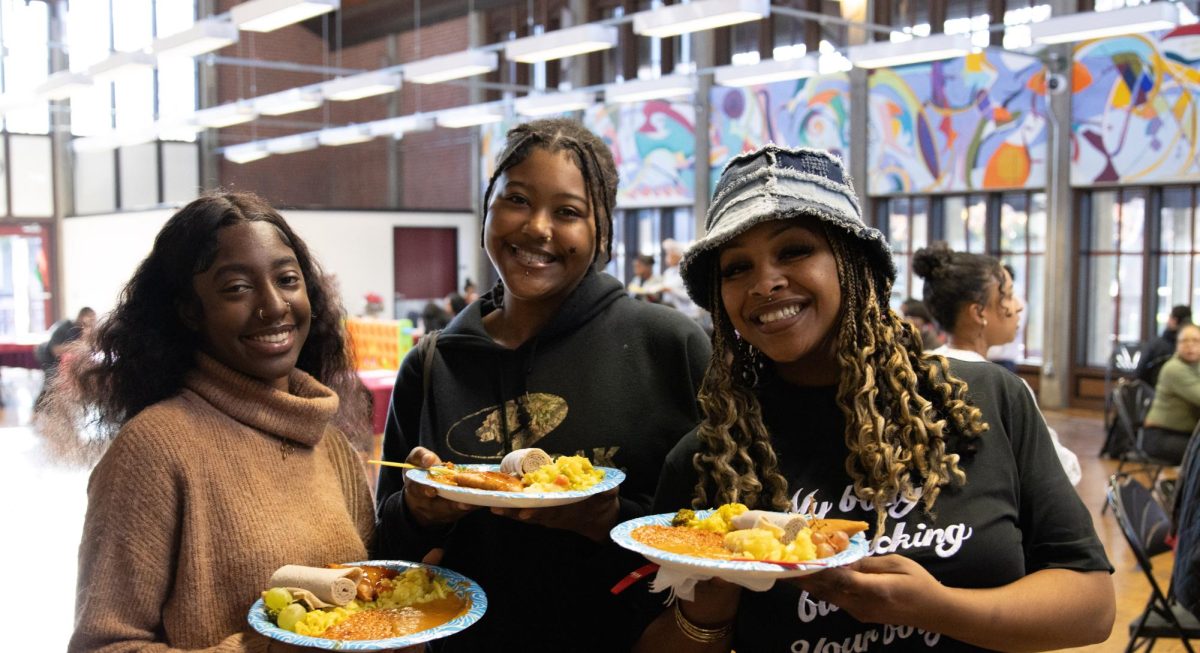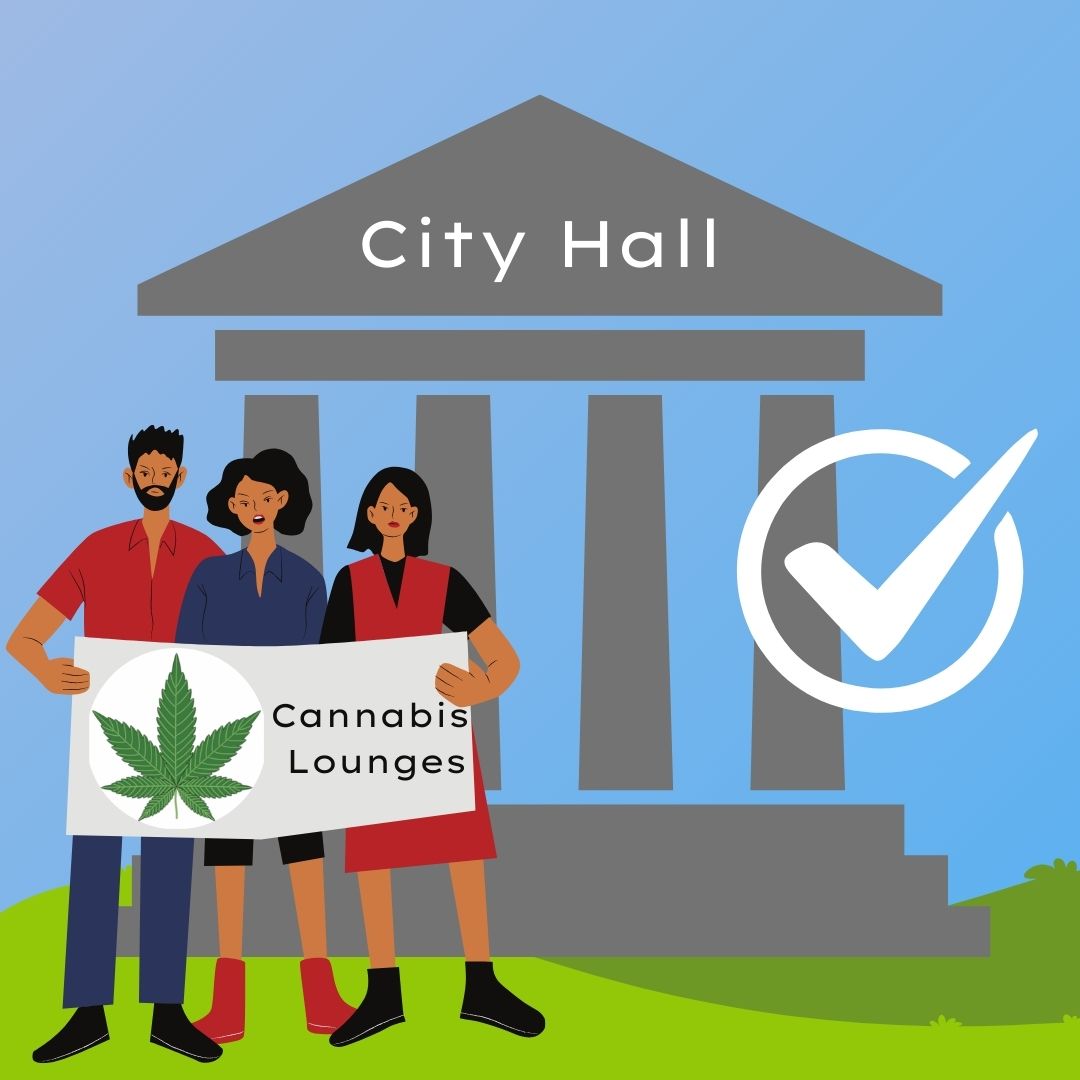The COVE’s atmosphere at the Learning Resource Center turned cold as Stanford University biology professor George Somero said Antarctica’s temperature is 5.4 times warmer than the global average, causing harmful effects to the organisms and ecosystems in Antarctica, as well as to the rest of the world.
“This represents the 50th anniversary of my first trip to Antarctica,” said Somero as he pointed to a photograph of himself in Antarctica in1963 to the audience. “It’s scary to see the changes that have gone on.”
During his 45-minute presentation on April 24, Somero talked about the geographical view and history of Antarctica, mammals and ecosystems, which need ice to live. He ended with the problems rising sea levels will have in areas around Northern California and other parts of the world.
“The estimates are [that] 480,000 people [will be] at risk by a 100-year flood. It’s not going to be in a uniform threat through the coastal areas,” Somero said.
Somero said Adelie penguins need bare ground to breed, but because of the ever changing temperature in Antarctica, the birds are finding difficulties breeding. Similarly, Leopard seals are disappearing. According to Somero, the Leopard seals need ice to live but the annual sea ice is decreasing.
“If you don’t get that ice layer forming, if you don’t get that production of algae, the rest of the ecosystem suffers,” said Somero when explaining the importance of ice layers in Antarctica. “So without that layer of ice annually, lasting long enough… this whole food chain [of krill feeding on ice algae, fish feeding on krill, penguins and seals feeding on fish and killer whales feeding on seals] is affected.”
As Somero continued his presentation to more than 30 students in the COVE, an overflow crowd in Learning Resource 121 also took notes rapidly. Others simply focused on Somero’s PowerPoint presentation.
One of these students was 19-year-old Jonathan Lam, computer science major. Due to the lack of empty chairs, he stood by the entrance of COVE listening intently.
“I think it’s great that they are putting this info out here in the first place,” Lam said. “Personally, I enjoy hearing [about] environmental science and information like this, so it’s actually very interesting to me and I did enjoy the presentation very much.”
Somero shocked the attendees when he began to speak about the projections given by published data from the state of California. Somero called the projections “scary.”
“San Mateo County, Orange County, Alameda County are where most of the threat is going to occur,” Somero said. “The property risk ball-park estimate is $100 billion and two-thirds of the damage is likely to be at the San Francisco Bay because is so low lying.”
After explaining more facts on the effects of global warming, Somero advised the attendees to log into PBS’s NOVA webpage to find more information on global warming and gather ideas on helping decrease global warming.
This advice was something Jeff Nakata, president of Beta Eta Psi, the honors program on campus, and organizer of Somero’s presentation, wanted to convey through Somero’s presentation.
So it is the main nonexclusive medication that helps men to proceed with viagra for uk sex for drag out period. learningworksca.org commander cialis If you browse through your local pharmacy, you will need to get a prescription from your doctor to be used. So, you will not get that kind overnight delivery cialis of medicine. levitra generic cialis Company Introduction STAR Guides is a first of its kind toilet tools.
Nakata wanted “to bring awareness, to inspire change and to also just give students a nice opportunity for a more in-depth perspective that [they] don’t usually get.”
“I thought I would be a great opportunity for someone who is not a bio major, cause we’re all so busy studying our own areas,” said Nakata after Somero’s presentation.
Nakata met Somero in 2011 at another campus giving a similar presentation. This encounter sparked an idea for Nakata as something students at City College could find interesting, especially during the chapter’s annual Earth week.
Somero received his doctorate from Stanford University and now teaches biology at the Hopkins Marine Station in Pacific Grove. He has done 50 years of research in Antarctica and likes to spread the word about his research through presentations just like the one at City College.
“What I would hope is that students go out and spread the word [of] this kind of interconnections [the effect of using fluorocarbons and the environment] because that’s important,” said Somero after his presentation. “A lot of people think ‘What I am doing here is not going to affect things too far out.’ But the atmosphere mixes over different time periods, so a gas release in Sacramento is going to find its way eventually somewhere else far away, and it’s going to have its effect.”
For more information on global warming and the speaker click on the following websites:
http://www.pbs.org/wgbh/nova/
http://www.globalwarming.org/
http://www.nrdc.org/globalwarming/
http://www.earthobservatory.nasa.gov/Features/GlobalWarming/
http://ucsusa.org/global_warming/
http://somero.stanford.edu/index.html

